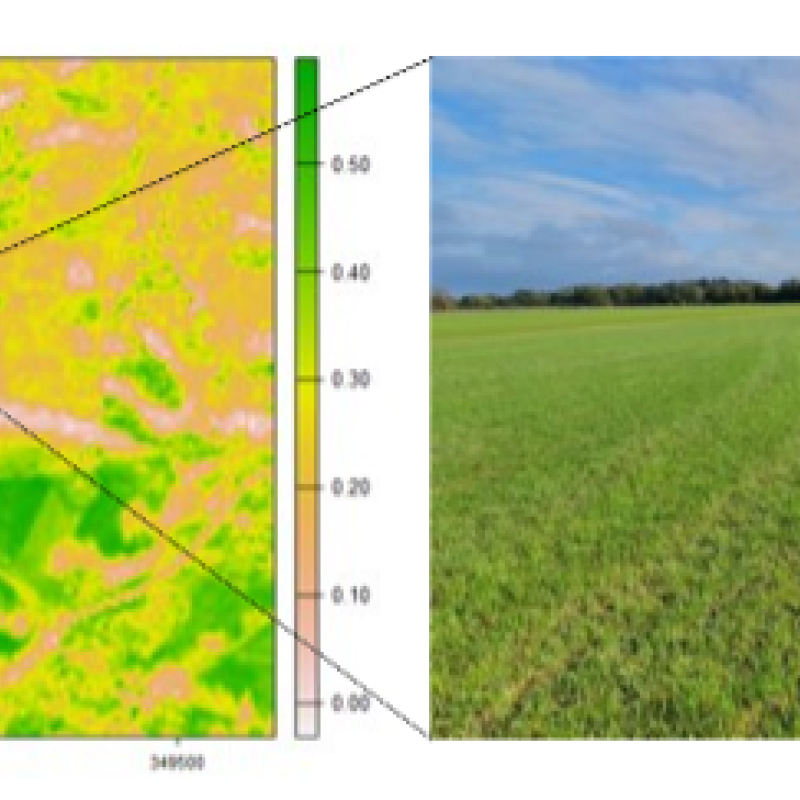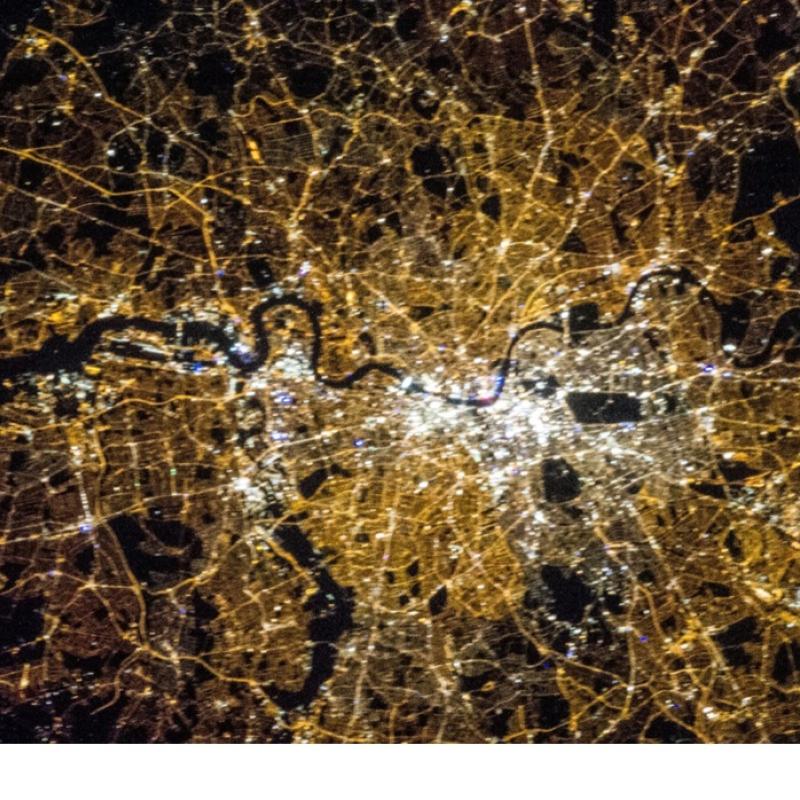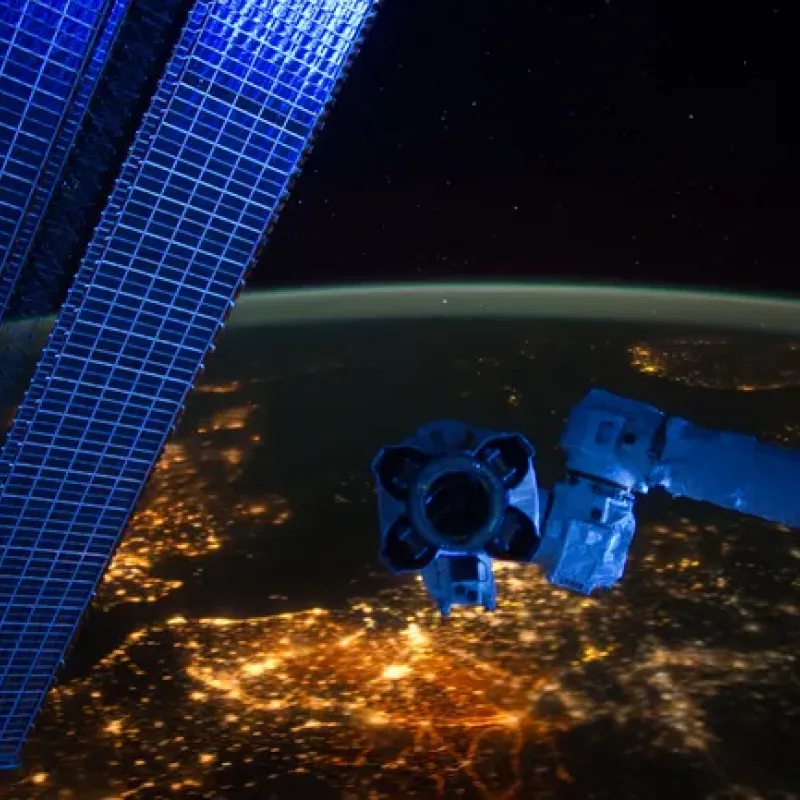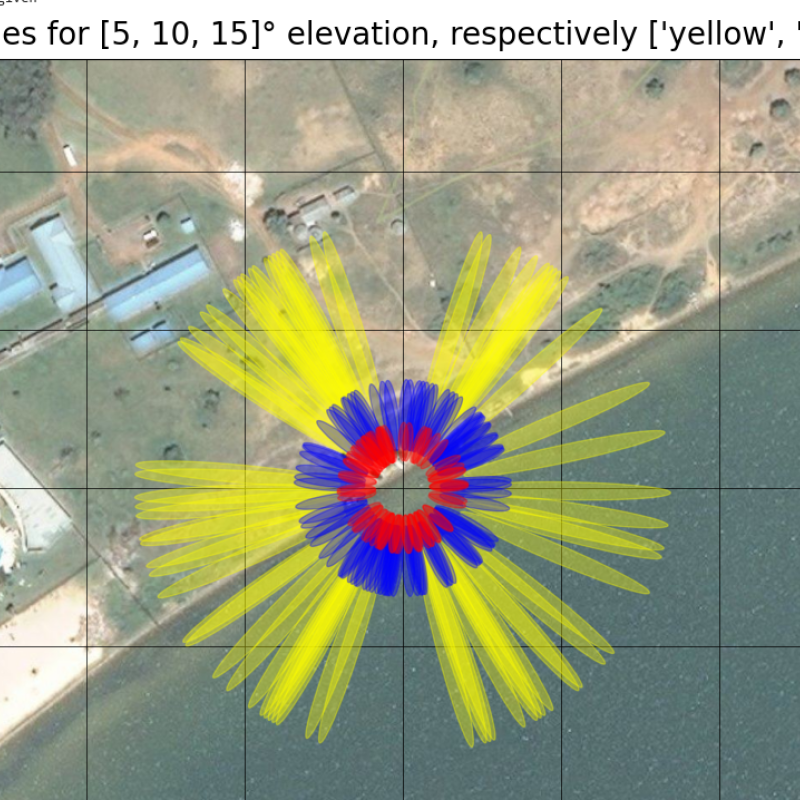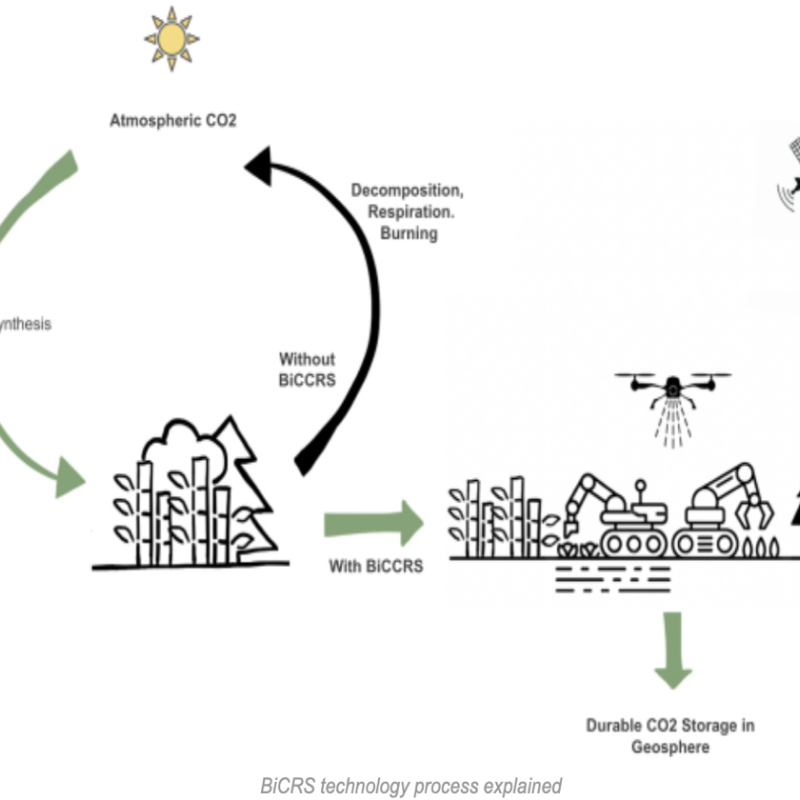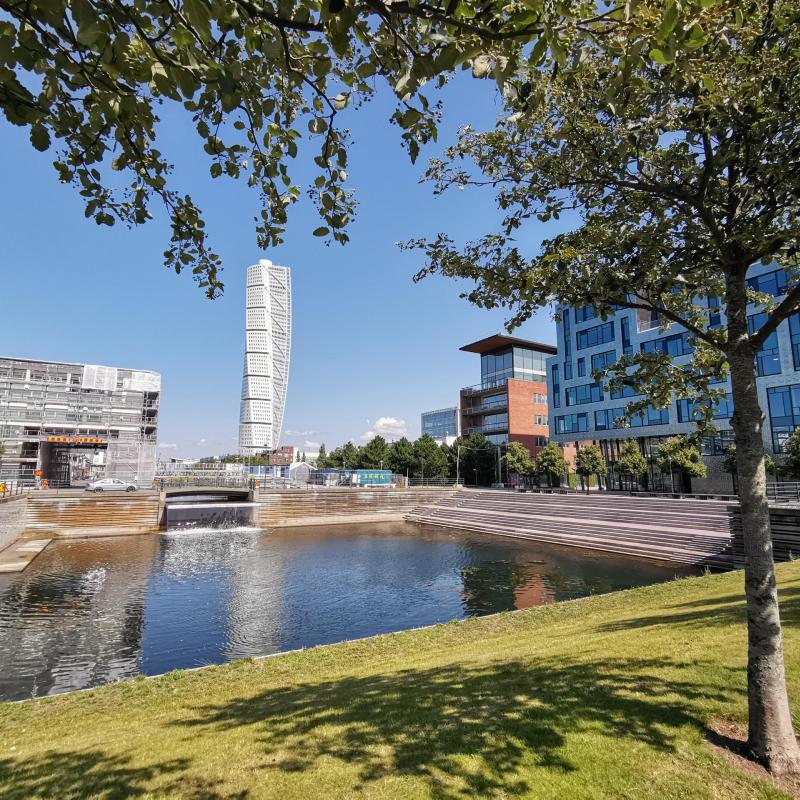Spatial Planning for Governance (SPG)
SPG: How we understand, organize and use our living environment, within a governance setting, where stakeholders —acting as a source of ideas and expertise, as clients, as co-designers or advocates of specific solutions— negotiate their relations while exploring, structuring and defining problems, as well as when designing potential solutions.
This topic is part of the ITC Space4Restoration project, which aims to develop remote sensing tools t
The majority of the Earth Observation missions focus on daytime monitoring.
Earth Observation data is increasingly important for how cities function and are accessible to inhabitants.
More and more cities are developing digital twins of their crucial public infrastructures.
Water level in lakes and rivers is a critical parameter to monitor for water managers. It captures the state of surface waters, and, if placed strategically, can be used in e.g.
The Intergovernmental Panel on Climate Change (IPCC) estimates the global community must remove up to1000 billion metric tons of carbon dioxide (GtCO2) by 2100 to limit warming to no more than 1.5°
The pursuit of economic growth, traditionally measured by Gross Domestic Product (GDP), is increasingly being problematised for its effectiveness in enhancing societal well-being
Urban environmental planning and management, both in theory and practice, have indicated the need for participatory inclusivity as much as possible.
Urban land surface temperature (ULST) dynamics are influenced by a myriad of factors related to urban landscape character.
Land or property tax is one of the oldest forms of taxation; it is relatively fair and it is not easy to hide properties.

